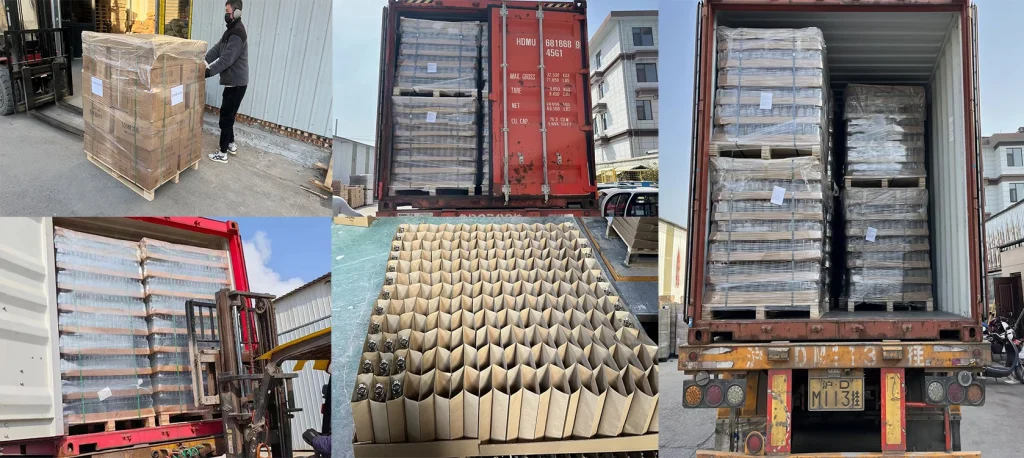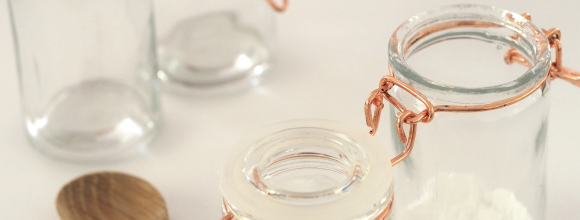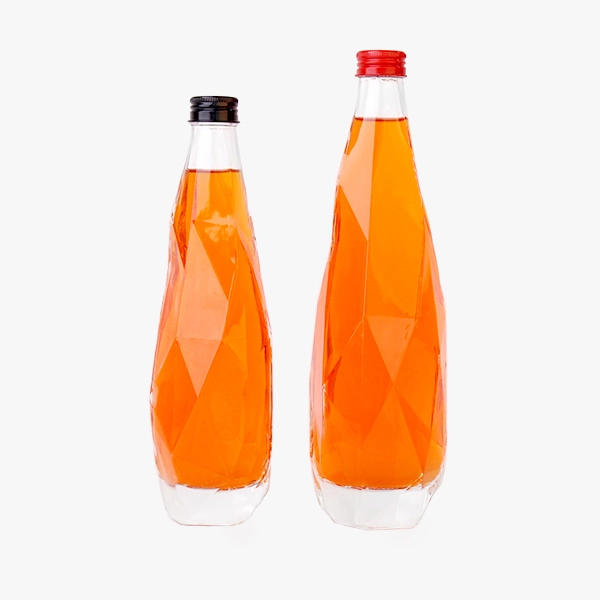Things to Know about Small Business Custom Orders of Clear Glass Bottles
Definition of small business orders of clear glass bottles:
Currently, orders in the glass bottle packaging market are getting smaller and smaller. For clear glass bottle manufacturers, a small business order fills less than a 40HQ shipping container. Depending on different bottle sizes, the exact threshold is usually between 5,000 to 30,000 pieces.

Small business orders now account for more than half of the total market share in the global glass bottle packaging industry. Small businesses are becoming the main customer base for traders and manufacturers alike in the glass bottle market.
However, from production scheduling, and quality control to packaging, transportation, and shipping, the entire workflow of small business orders poses great challenges.
To meet the requirements of small business customers, great attention needs to be paid to the following aspects:
1. Properties of glass bottles and selecting the right production equipment and furnace
Properties of a glass bottle include capacity, dimensions, material color, application, shape, quantity, weight, etc.
The properties of a glass bottle may help determine what production equipment should be used for production. Production equipment for glass bottles includes single-drop line machines, double-drop line machines, three-drop line machines, four-drop line machines, electronic machines (6S, 8S, 9S machine), manual machines, and so on.
Different machines are used for different order quantities and products of different shapes.
Different furnaces are used to produce glass bottles of different capacities and colors. The food and beverage packaging industry doesn’t have strict requirements for raw material colors. Therefore, normal white and high white glass materials are acceptable.
The cosmetic packaging industry requires highly transparent glass raw materials. So crystal white material is usually used.
2. Production machine and mold to suit the order quantity
A manual machine is usually selected for smaller business orders of under 10,000 pieces, provided the cost is reasonable. Electronic machines can be used for special-shaped glass bottle orders of 20,000 pieces and above.
Orders of 30,000 to 50,000 pieces can be produced with single-drop line machines or double-drop line machines.
No matter what kind of production equipment is used, communication with production technicians should be made in advance to confirm the quantity of molds needed. Different machines require different quantities of molds and have different requirements for wearing parts.
3. Packaging material preparation before glass bottle production and production quality control
Packaging materials must be prepared in advance before a production order is placed. The size, raw material, packing specification, quantity, and shipping marks of packaging materials must be confirmed one by one before the packaging materials can enter the factory warehouse or packaging workshop.
In the production process, due to the simultaneous production of multiple products, a variety of quality problems may occur at any time which is often related to the temperature, humidity, weight, and type of liquid glass, along with machine speed, wind, pressure, mold conditions, technician skill levels, and other technical parameters.
When multiple products are produced at the same time, technical parameters are tuned mainly for those of the largest order quantities, resulting in minor defects of other products of smaller order quantities, though such defects won’t affect the normal use by end buyers. For customers with higher quality standards, the best solution is to pick out the defective products.
The result is increased costs.
Conditional acceptance can be considered as well.
4. Quality inspection and control standards for glass bottle production
Material colors: Green white material, Normal white material, High white material, Crystal white material
Capacity tolerance: Under 10ml, ±1ml;
20ml, ±3ml;
300ml, ±5ml;
500ml, ±8ml;
Above 700ml, ±10ml;
Capacity tolerances vary from factory to factory;
Weight tolerance: ±2g – ±10g;
Weight tolerances vary from factory to factory
Drawing standard: Drawings confirmed by the customer will be used as the inspection standard
Sample standard: Samples confirmed by the customer will be used as the inspection standard
Factory standard: Internal standards set by the factory will be used
Defects: Capacity and weight discrepancies beyond the tolerance range, body deformation, mouth deformation, broken mouth, body cracks, mouth failing to match caps or parts, dirt, serious bubbles, serious lines, etc.
Unsatisfactory products: Products other than satisfactory and defective products that have at least one of a variety of problems but can still be filled and used as designed.
5. Solution to quality issues during production
When defects occur during production, the sales manager and their work partners should give timely feedback to the factory’s quality inspectors.
Notify personnel of the packaging workshop about which products to be packed and which to avoid packing. Defective products should never be packed.
Communicate with production technicians about quality issues, find solutions, and keep proper records.
Pay attention to any changes of product quality after the production line has been adjusted and production resumed.
Communicate with customers about the quality of their products when necessary.
















